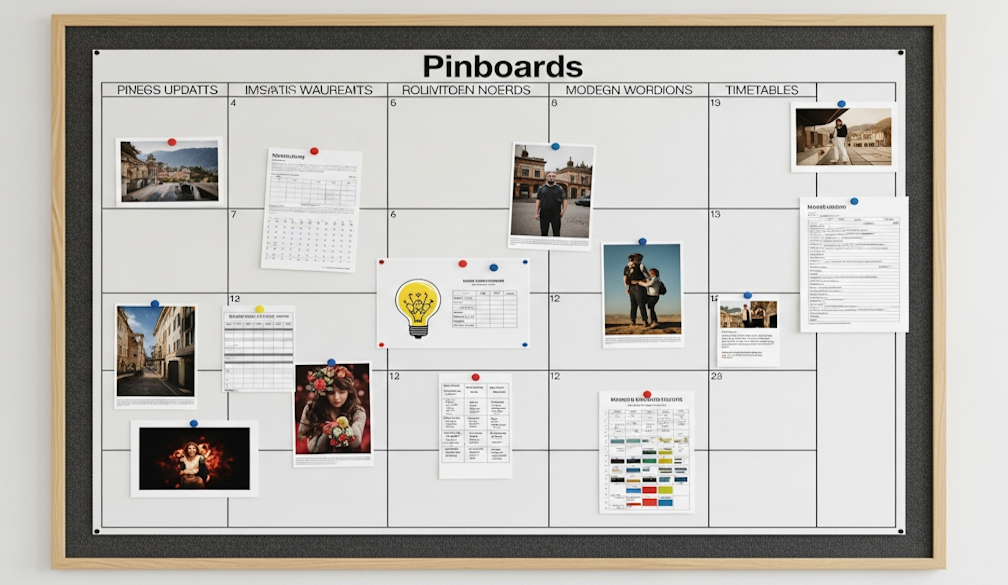Here’s why increasing productivity in housing construction is such a tricky problem to solve
- Written by Martin Loosemore, Professor of Construction Management, University of Technology Sydney
This week, the Productivity Commission released its much-awaited report into productivity growth in Australia’s housing construction sector. It wasn’t a glowing appraisal.
The commission found physical productivity – the total number of houses built per hour worked – has more than halved over the past 30 years.
The more nuanced measure of labour productivity – which accounts for improvements in size and quality – has also fallen, by 12%.
Both measures put home-building productivity well behind the broader economy, something the report’s authors attribute to “decades of poor performance”.
We’ve known about this problem for a long time. The Productivity Commission’s report is well researched and makes some sensible recommendations.
Solving the underlying problem will require a coordinated approach between government, home-owners, construction companies and workers.
Measuring productivity
Housing can take many forms. However, from a productivity perspective, the process of development is essentially the same.
In very simple terms it involves:
- concept and initial design, feasibility, finance and business case development
- land acquisition and due diligence
- detailed design, development and building approvals
- pre-construction planning and working drawings
- construction project management
- practical completion, final certificates and settlement, commissioning and handover.
There are no official estimates of housing construction productivity. So, the Productivity Commission used Australian Bureau of Statistics (ABS) data to create its own new measures to capture productivity across this entire process.
Falling or flat-lining productivity in this sector is a well-known long-term problem. Under the National Housing Accord, the federal government has committed to building 1.2 million new well-located homes by the end of this decade.
But in the first three months since the National Housing Accord was launched, only 44,884 homes were built across Australia. That’s about 15,000 fewer than the required quarterly target of 60,000.
The National Housing Supply and Affordability Council projects that new market housing supply will ultimately come in at about a quarter of a million homes below the accord’s target.
4 key problems
The report identified four key factors behind the malaise:
- complex, slow approvals, as well as delayed construction certificates and essential infrastructure connections
- lack of innovation and slow uptake of digital technologies and modern methods of construction
- the dominance of smaller building firms resulting in low economies-of-scale and project management challenges associated with supply chain fragmentation
- difficulties attracting and retaining skilled workers resulting in skills and labour shortages.
The report proposes seven reform directions in response. These centre on speeding up the planning approval process, investing in research and development, and increasing workforce flexibility.
Fixing things won’t be simple
The Productivity Commission’s report has brought a welcome focus on planning and approvals as a key element of easing the housing crisis.
It acknowledges that under-resourcing of agencies involved in the approvals process, such as local governments, has made the problem worse.
One issue with increasing the number of planning approvals processed is that you then need to have a construction industry that can build fast enough to keep up with them.
Currently, we don’t. Industry research shows since 2013, the number of workers within Australia’s construction workforce has increased by more than 25%. But they are working 2% fewer hours each year, and achieving an output that’s 25.4% lower.
Keeping an eye on quality
Amid any push to speed up approvals, we need to be mindful of the possible risks. Loosening building regulations can increase the risk of quality problems and inappropriate development.
If widespread across the industry, such problems can cause significant personal and economic harm to households, social and economic costs for society. They can also increase building costs, insurance premiums and strata fees.
This problem calls for a range of tools to reduce the risk of compromising on quality when regulations are loosened or changed. New South Wales has two key pieces of legislation in place that could act as a model for other states.
One allows owners to sue if a person who carries out construction work fails to exercise reasonable care. The other allows the Building Commission to investigate building work and require rectification of defects for up to six years.
NSW also has an independent builder trustworthiness rating scheme. This is known as iCirt and operated by credit rating agency Equifax.
Innovation isn’t a panacea
A major feature of the Productivity Commission’s report discusses the housing construction industry’s low innovation culture.
However, much innovation is hidden from view, since it occurs at the manufacturing stage. And innovation itself is not a panacea.
While calling for greater innovation seems obvious on the surface, research has shown its ability to increase productivity depends on a wide range of factors and is certainly not guaranteed. It can even increase costs and reduce quality and productivity if not managed effectively.
More holistic workforce planning
The report also highlights issues with attracting and retaining a skilled workforce. Issues include low apprenticeship take-up and completion rates, restrictive trade pathways, and large infrastructure projects drawing talent away.
This raises a bigger issue. Despite workforce planning across the industry by the Construction Industry Training Board the industry still seems to be constantly reacting to a skilled labour shortage rather than planning ahead to predict and prevent one.
Read more: Will new $10,000 apprentice payments help solve job shortages in construction? Not anytime soon
Authors: Martin Loosemore, Professor of Construction Management, University of Technology Sydney



















